Thirteen problems
How do you pick just three from a middle-order list that includes Richards, Lara, Lloyd, Rowe, and the three Ws?
Tony Becca
21-Jun-2010
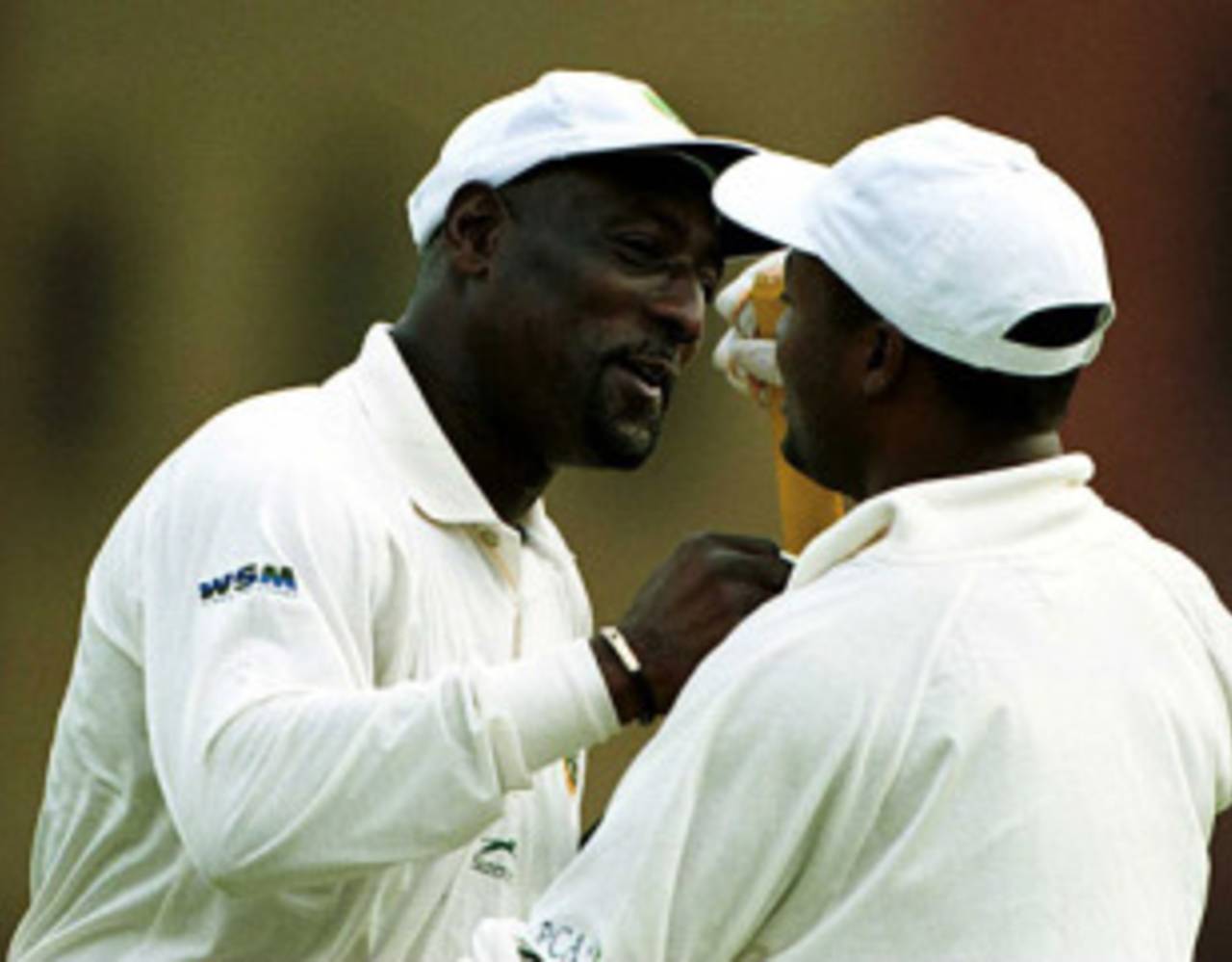
Would you want these two in your XI? • Getty Images
Of the 11 players in a team, there are usually three middle-order batsmen. Some teams have good ones, a few have great ones. Fortunately for West Indies, they have been blessed with many great ones, some of whom are numbered among the greatest of all time.
From George Headley in 1930 down to Shivnarine Chanderpaul, the men who have batted at Nos. 3, 4 and 5 for West Indies have been masters with the bat.
Some were run machines, some ball-beaters, some elegant, some artists. One was like a magician, one is as solid as a rock, and all scored heavily - some at times faster than a run a ball.
One of them, the pioneer, scored four centuries in his first Test series; one scored five centuries in a row - in five consecutive innings; and one of them rattled up five centuries in a five-match Test series. Seven of them scored two centuries in a Test match, and one of them is not only the holder of the world record for the highest individual innings in Test cricket but also the holder of the record in first-class cricket.
Down the years, the middle-order has served the West Indies well, and from the 1950s through the 1990s, sometimes brilliantly. Like the men of speed, the middle-order batsmen have been the heart beat of West Indies cricket.
There is so much quality on offer and the quantity is such that even without Garry Sobers, who falls in the category set aside for allrounders, even without a former world record holder for the highest individual score in Test cricket in the race, it probably will be easier to get a hat, put the names in it, and go from there.
The contenders
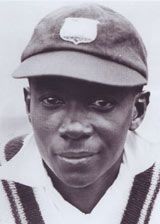 |
The first of the great West Indies batsmen and the one West Indians refer to as "Atlas", Headley scored four centuries (including a double) in his first series. Until Javed Miandad did so at age 19, Headley was the youngest batsman to score a double-century in a Test match. He was also the youngest to score four centuries before 21. A nimble-footed right-hander with all the shots in the book, a master on bad pitches, and a lovely player off the back-foot who also possessed some wonderful front-foot drives on both sides of the wicket, Headley single-handedly carried the West Indies batting on his shoulders. In 22 Test matches, he scored 2190 runs with 10 centuries, at an average of 60.83. His career-best was 270 not out against England at Sabina Park.
 |
The second of the famous "Three Ws", not in quality, but in age and batting position - he generally batted between the other two, at No. 4. Short and well built, Weekes had wonderful footwork and loved to cut. With scores of 141 against England, followed by 128, 194, 162 and 101 against India, he ticked off five centuries in five successive Test innings and was unfortunate to be run out for 90 in innings No. 6. After 48 Test matches, he finished with 4455 runs and 15 centuries at an average of 58.61.
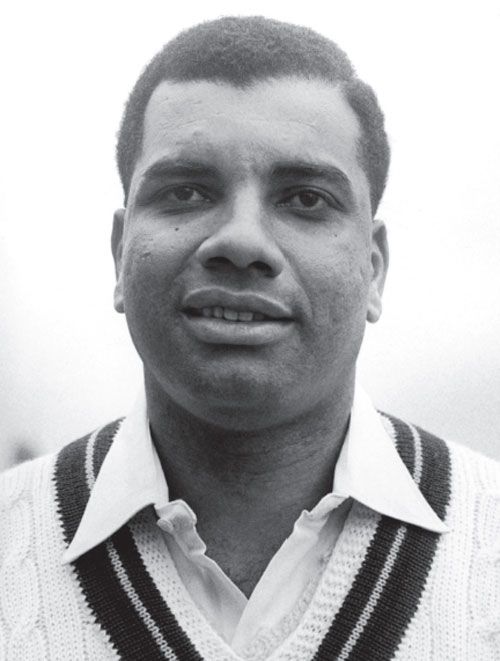 |
A big, imposing man with powerful strokes, Walcott started as an opening batsman and wicketkeeper and developed into one of the most successful and dangerous batsmen of the team. His square cut was awesome but even more so were his drives off the back foot, particularly so those through mid-off. In 1950 he scored a match-winning 168 not out at Lord's, and in 1954 he piled up a memorable 220 out of a total of 383 at Kensington Oval against England. His finest hour, however, was against Australia in 1955, when in five Test matches he rattled off scores of 108, 39, 126, 110, 8, 73, 15, 83, 155 and 110, while setting the-then West Indies series record of 827 runs at 82.70. In 44 Test matches, Walcott scored 3798 runs with 15 centuries at an average of 56.68.
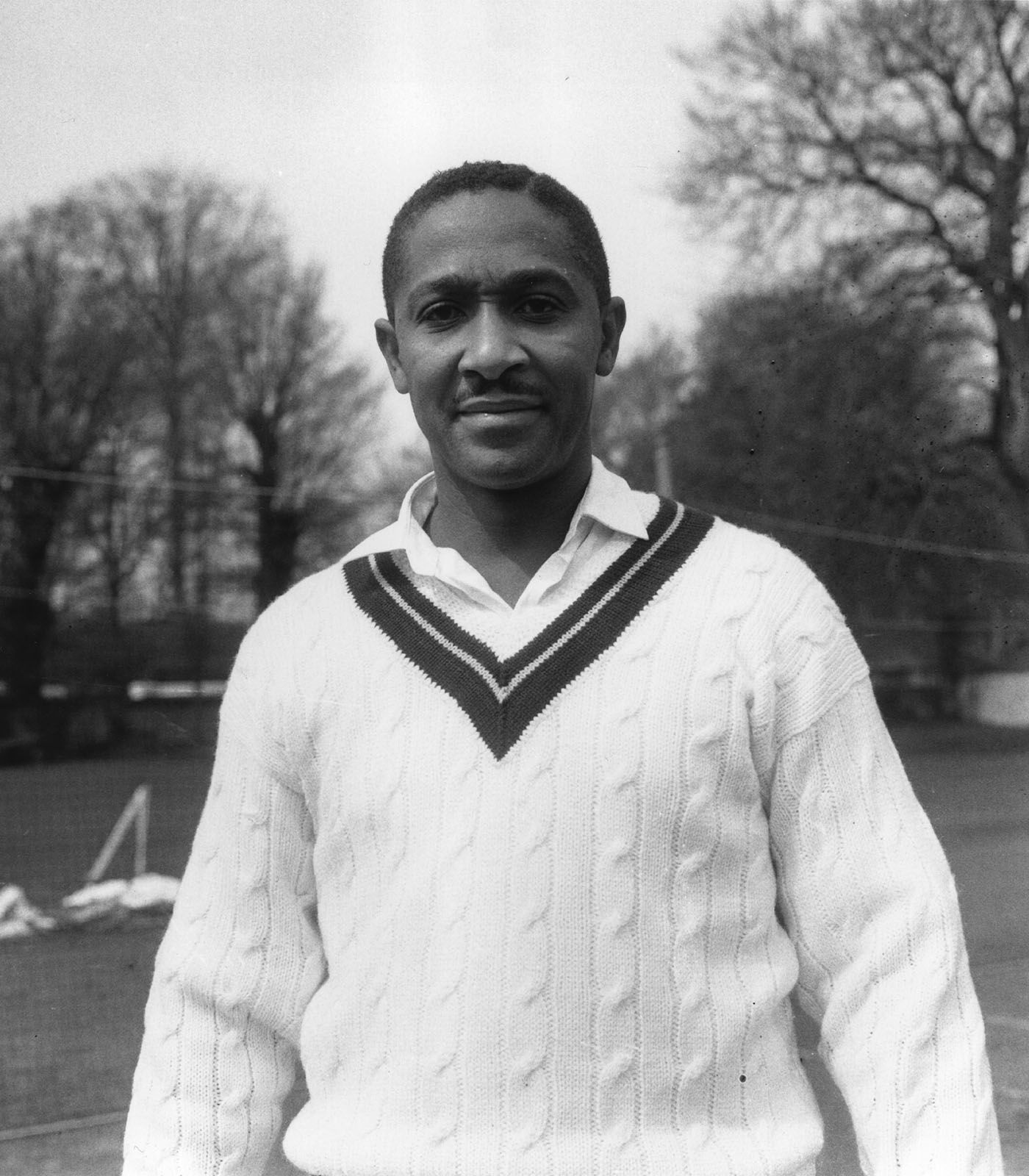 |
Worrell was the last of the "Three Ws" to get into the West Indies team. In time, however, he took over the No. 3 spot in the batting order and became - especially to those who loved elegance and style - the No. 1 batsman in the side. At Trent Bridge in 1957, facing England's 619 for 6, West Indies were bundled out for 372, with Worrell carrying his bat for 191. He was also a bowler - he took 6 for 38 runs in an innings against Australia, and 7 for 70 against England - though it is as a batsman and as a captain that Worrell will be remembered. As a batsman, he was well-balanced, stylish and elegant; he possessed every stroke in the book, and his sweep, on one knee, was something to behold. As a captain, he was arguably the best from the West Indies. In 51 Test matches, Worrell scored 3860 runs with nine centuries at an average of 49.48.
 |
One of the most gifted batsmen to come out of the West Indies, Kanhai is considered by some to being as near to being a genius as any player can be. An exciting stroke-player with a technically good defence, he had every stroke in the game and a sweep which lifted him off the ground and left him full length in the crease, on the seat of his pants, as the ball landed beyond the boundary behind square leg. His tally of 6227 runs with 15 centuries from 79 Test matches and an average of 47.53 does not do justice to a batsman so gifted. His 117 and 115 in Adelaide in 1960-61 and 158 not out versus India at Sabina Park in 1971, when West Indies were forced to follow-on, were invaluable contributions to the team cause. And his stroke-filled 256 in just over six hours at the Eden Gardens in 1958-59 was a treat for those who love exciting strokeplay.
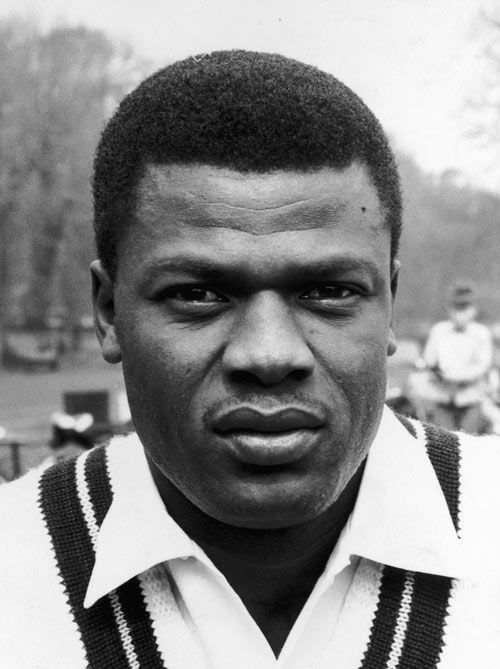 |
A tall and well built right-hander, Nurse was an exceptionally gifted batsman, with good back-foot play and pleasing to the eye. His strokes were elegant: no rush, no hurry, just an attractive, easy, and relaxed style that West Indians love. With the likes of Sobers, Kanhai, Basil Butcher and Joe Solomon around, Nurse found it difficult to get into the West Indies team at an early age. When he did, however, he enjoyed a good run, highlighted by a superb 201 against Australia at the Kensington Oval in 1965 and a career-best 258 against New Zealand in Christchurch in 1969. In 29 Test matches, Nurse scored 2523 with six centuries at an average of 47.60.
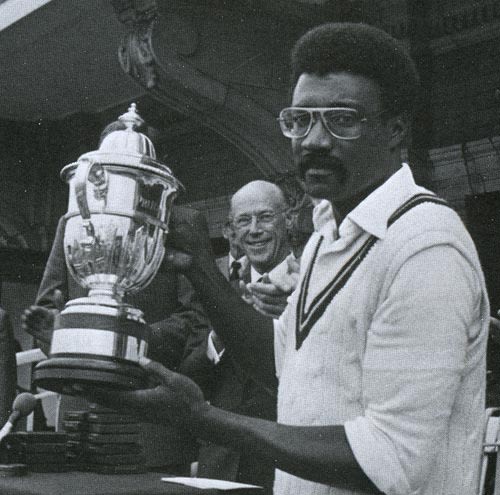 |
A big, bespectacled left-hander, Lloyd was a powerful striker of the ball, a batsman who guaranteed excitement whenever he walked to the wicket. Using a relatively heavy bat, Lloyd swung it easily and effectively whether cutting, hooking, or while leaning forward to reel off some massive drives. At his best, he was a deadly striker of the ball as well as a saviour of lost causes - three against India: in Bangalore in 1974-75 when he scored 163 off 149 balls, at Queen's Park Oval in 1983, when he went to bat at 1 for 3 and scored 143 before he was dismissed at 238 for 4, and in Calcutta in 1983-84, when West Indies had skidded to 42 for 4 and then 63 for six before he carried them to 377 and to victory with a splendid innings of 161 not out. As a fielder, out in the covers or close in at slip, he was one of the best of his generation. As a captain, he was second only to Worrell. In 110 Test matches, Lloyd scored 7515 runs with 19 centuries at an average of 46.67.
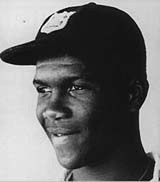 |
One of the most elegant batsmen ever to play the game, Rowe fulfilled neither his potential nor the expectations of many. Boasting all the strokes, and a timing that seemed god-given, he started his Test career in 1972 in fairy-tale fashion with a double-century in his first innings and 100 not out in his second to join the band of batsmen who have scored two centuries in their first Test match. With such a start, Rowe's career seemed destined for greatness. But injuries, a grass allergy, an eyesight problem, and possibly the adulation he received from the people of Jamaica, cut short his career. His only other claim to fame was 302 against England at Kensington Oval in 1974 - an innings many West Indians rate, to this day, as the best ever by a West Indian batsman. In the final Test of that series, Rowe, a master against fast bowling, gave a glimpse of his skill against spin during an unforgettable innings of 123 on a turning Queen's Park Oval pitch.
 |
To many West Indians, he was a protege of Rohan Kanhai, and so, in the early part of his career, although left-handed, Kallicharran was known as "Little Kanhai". But while Kanhai was sometimes flashy in his strokeplay, Kallicharran was reserved. He was a tough competitor, a man who, if the necessity arose, would lock away his attacking strokes in a determined effort to protect his wicket. He scored centuries in his first two Tests, but two of his best came in 1974: 158 against England at the Queen's Park Oval in 1974, and 124 in Bangalore on a rain-affected pitch against Chandrasekhar, Prasanna and Venkataraghavan. In 66 Tests, he scored 4339 runs with 12 centuries at an average of 44.43.
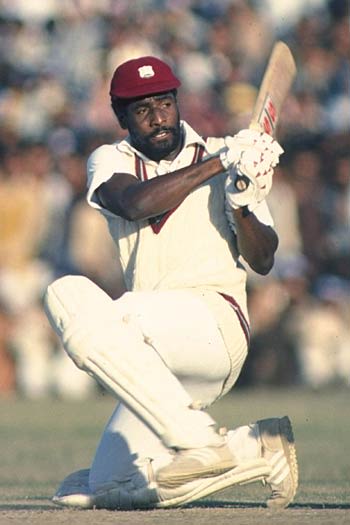 |
Towards the close of a rainy day's play at Old Trafford in 1980, Viv Richards was in action, and for 40 minutes or so I wondered if I was looking at the greatest batsman who ever lived. At stumps West Indies, replying to England's first innings of 150 runs, were 38 for 3. Kallicharran was playing and missing and looking ready to go at any time. Batting against Bob Willis, Graham Dilley, and Ian Botham looked impossible. Richards, 32 not out, batted with the ease of a man playing with his children in his backyard. A far from complicated batsman and certainly not in the elegant mould, Richards' batting was simple, or so it appeared. He played straight, he drove powerfully, and he hooked and pulled with relish. He was certainly the best of his time, and especially so between January 1976 and August 1976, when he reeled off scores of 30, 101, 50, and 98 versus Australia, 142, 130, 20 not out, 177, 23, and 64 against India, and 232, 63, 4, 135, 66, 38, and 291 against England. In 121 Test matches, Richards scored 8540 runs with 24 centuries at an average of 50.23..
 |
According to some, Richardson is an ordinary batsman. Based on the runs he has scored, the teams and bowlers he scored them against, and sometimes the conditions and the circumstances in which he scored them, he was brilliant. Like his more famous countryman Richards, Richardson's batting was simple. When the ball was up, he drove, when it was short, he cut and he hooked, and when it was on a good length, he paid respect with a solid, defensive stroke. Richardson hit his maiden Test century against Australia at the Kensington Oval and followed it up with a splendid 154 in the following Test match. Australian bowlers, it appeared, were his favourites. Of his 16 Test centuries nine were against them, including arguably his greatest innings, 182 at Bourda in 1991. In 86 Test matches, Richardson scored 5949 runs at an average of 44.39.
 |
Undoubtedly one of the greatest batsmen of all time. In 131 Test matches, the Prince of Port of Spain scored 11,953 runs with 34 centuries at an average of 52.88. What is even more impressive, however, is that those runs include one score of over 300 and one of 400, two centuries in one Test, and some of the finest innings in the history of the game: an unforgettable 277 in Sydney, a match-winning 153 not out against Australia at Kensington Oval. And they were scored against some of the best bowlers of all time, including Shane Warne and Muttiah Muralitharan. Lara, like Headley before him, was the lone star of the West Indies batting on many occasions.
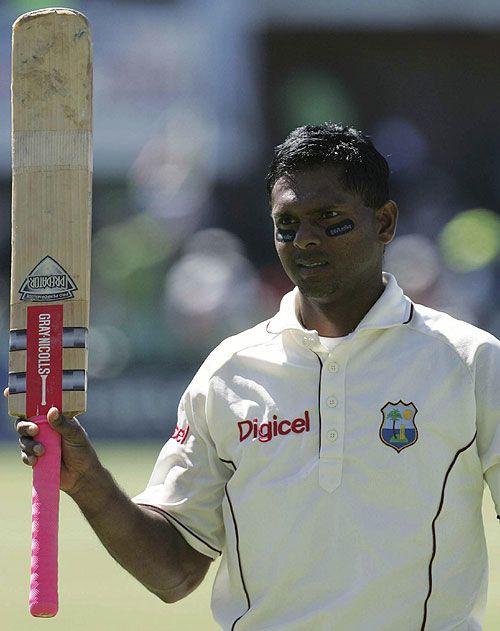 |
As a batsman, Chanderpaul is a law unto himself. He stands so square-on that the impression is the bowler was coming in from square-leg. A batsman's job is to score runs, however, and with 8710 runs, including 21 centuries, from 124 Test matches, Chanderpaul has scored a lot of them. A careful, cautious left-hander, he has been the backbone of the West Indies innings, especially between 2007 and 2008 when he scored 74, 50, 116 not out, 136 not out, and 70 in England; 104, 8, 65 not out, 70 not out, and 0 in South Africa; and 118, 11, 107 not out, 77 not out, 79 not out, and 50 against Australia in the West Indies. At Bourda in 2003 against Australia, the man who is known as Mr. Reliable went to bat with the score on 47 for 4 and to the surprise of every one, proceeded to plunder 100 runs off 69 deliveries.
We'll be publishing an all-time West Indies XI based on readers' votes to go with our jury's XI. To pick your middle order click here
Former sports editor of the Jamaica Gleaner and the Daily News, Tony Becca has covered West Indies cricket for 30 years